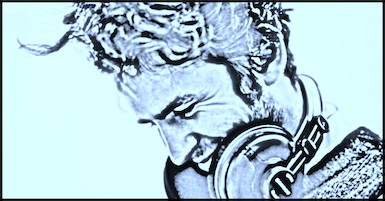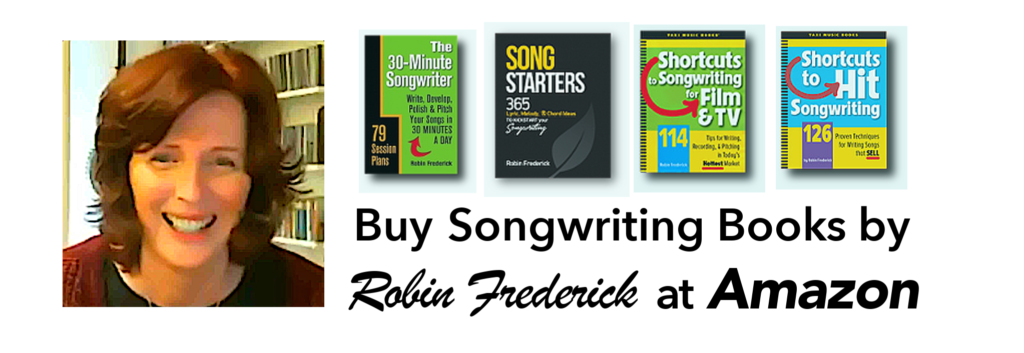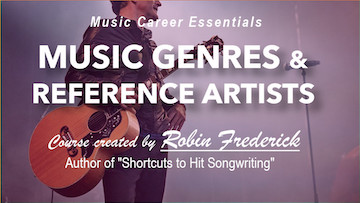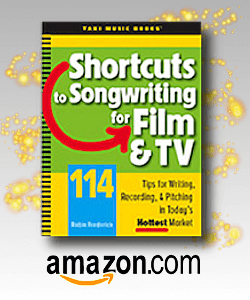The phrase “music arranger” isn’t one you hear very often in today’s Pop music industry, but arrangers used to be an indispensable part of the music scene. In the ’50s, ’60s, and ’70s, record producers hired well known, in-demand arrangers to create arrangements for their recording sessions.
If you didn’t have the money for a Nelson Riddle, Jimmie Haskell, or Quincy Jones, the musicians would make “head arrangements” on the spot in the studio. The arranger might be used just for a horn or string session.
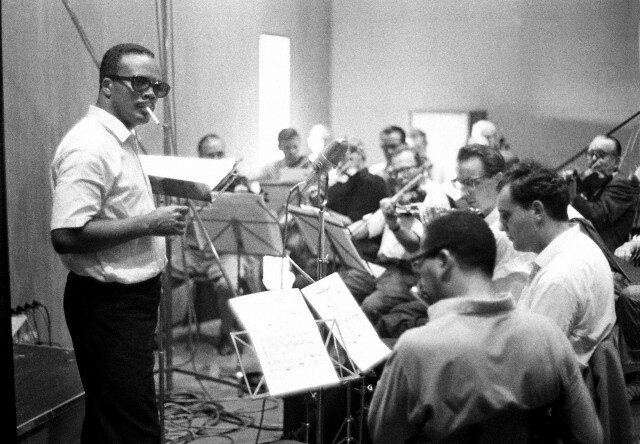
But things have changed dramatically since then. Today’s music producers often build an entire track from the ground up—from sounds, samples, loops, and overdubs through the final vocal recording. That means that the music producer is also the music arranger.
YOU ARE THE MUSIC ARRANGER!
If you’re producing your own tracks in your home studio, or handling production for other artists, then you’re also the music arranger. Wha…? Arranger? How are you supposed to know how to do that?
Well, you can fly on pure instinct. That might work. But what happens when you get stuck for ideas? Or the track is turning into a mess? And how do you know if your arranging ideas are current? Will they appeal to today’s listeners?
Okay, here’s a great way to learn what you need to know.
YOUR EARS ARE YOUR #1 ARRANGER TOOL
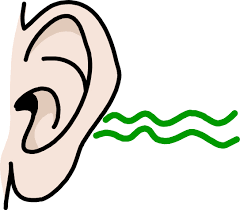
There is no piece of gear, no magic mixing secret, no synth or sample more important than your ears. You can learn almost everything you need to know just by listening.
Listen with your ears, with your brain, with your emotions, with your whole body. Real listening engages every part of you.
CHOOSE ARRANGEMENTS TO STUDY: I’ll bet there are some music arrangements you already know well: The Beach Boys’ “Good Vibrations,” The Beatles’ “Eleanor Rigby,” Lewis Capaldi’s “Someone You Loved,” Jose González’s “Heartbeats,” or Amy Winehouse’s “Back to Black.”
A couple of these arrangements are pretty stripped down. “Someone You Loved,” “Heartbeats,” and “Back to Black” are arrangements many of you could handle in your home studio.
Spend part of your listening time looking for arrangements you feel you can do. Do you play acoustic guitar? Then look for arrangements that emphasize acoustic guitar—Indie Folk, Americana, or Singer-Songwriter. If you’re a keyboard player, there are plenty of piano-based Singer-Songwriter recordings. Try studying some of those. Your arrangement will reflect the genre you’re writing and recording in.
HOW TO LISTEN LIKE AN ARRANGER: I can remember where I was the first time I realized I could focus my ears the way I focus my eyes. I picked out the snare drum on a hit song that was playing on a car radio. It was a revelation. If you’ve never tried it before, trust me… you can do this.
The trick to learning today’s arranging styles is the ability to deconstruct what you hear. That means picking out individual instruments with your ears and making a note of what and where they’re playing. Like any skill, you can get better at this with practice.
PRACTICE LISTENING
Do this exercise with a song you like because you’ll be listening to it a lot! Ask yourself the following questions as you listen. The first time through the song, try to answer a couple of them. Then listen again and answer more. You’ll also begin to hear things beyond these questions.
- What instruments are playing at the beginning of the song?
- What instruments are added or subtracted as the song moves from verse to chorus, from beginning to end?
- Which instruments are playing rhythmically and which are playing smooth, sustained parts?
- When does the vocal come in? Where do harmony parts appear? What are the harmony parts doing?
In my book Shortcuts to Songwriting for Film & TV there are two arrangement layouts, one for an acoustic Singer-Songwriter song and another on an Indie Rock song (Shortcut #73).
To create these arrangement layouts, I listed the sections of the song (Verse 1, Chorus 1, etc.) and wrote out what was happening instrumentally and vocally in each section. Mapping out an arrangement in this way can help you see at a glance how the dynamics build and fall. You can use that as a template for arrangements of your own.
AN EASY WAY TO STUDY HIT SONG MUSIC ARRANGEMENTS
Here’s a totally awesome trick for pulling apart hit song arrangements, especially if you’re having trouble hearing individual instruments.
Step 1. Go to Karaoke-Version.com.
Step 2. Click on “Custom Backing Track”
Step 3. Seach for a hit song. (They have most big hits but not lesser known songs.)
Step 4. Click on the song and artist you want.
Step 5. You’ll see a complete arrangement of the song divided into individual instruments. To hear the arrangement one bit at a time, mute all the instruments, then bring them back in one at a time, starting with the drums.
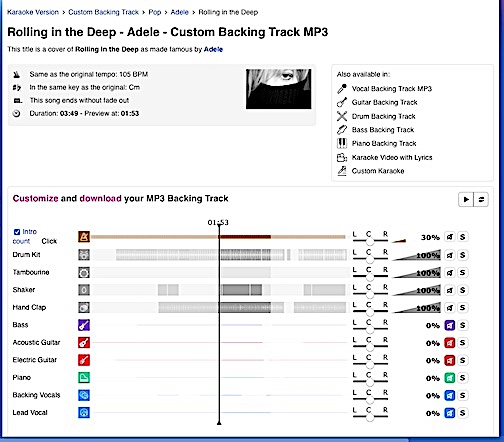
You’ll only be able to hear a short excerpt of the track online—usually the second chorus—but it’s enough to give you an idea of the full arrangement.
For a couple of dollars (total!) you can download as many mp3 versions of the full song as you want (drums only, drums and bass, drums bass and piano, etc.). Listen to the versions one at a time to hear where each instrument comes in or drops out.
– Try It Now –
Head on over to Karaoke-Version.com now and check out the Custom Tracks section. Follow the steps above to listen the individual tracks in a hit song and hear how they are used to build a complete song arrangement.
Here’s more info on what to do after you finish writing your song.
